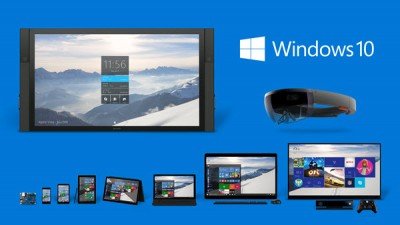Jim Alkove of Microsoft, says that though Windows 7, Windows 8.1 and Windows 8.1 mobile users will get free upgrade to Windows 10, they will provide two types of special upgrade to Enterprise users. Note that the Enterprise edition of Windows 10 will not be free. Thus, large companies will have to pay for using Windows 10. Neither are they expected to move to Windows 10 anytime soon.

However, Microsoft says it has isolated two types of enterprise users. One category is the factories, hospitals, air traffic control etc. This category, Microsoft says, needs to be always up to date as it relates to real time computing and that they have to keep changes to minimum. The other category are organizations that do not need real time updates and can change frequently thus being able to receive all types of updates.
According to Microsoft, the first type of enterprise users are “Long Term Servicing Branches” and need only critical updates but not feature upgrades. Further, they cannot afford any downtime in order to incorporate all types of updates for Windows 10. To this category of users, Microsoft will push only critical updates in the first five years of the after sales of Windows 10. Then, in the next five years following the period, it will provide them with feature upgrades/updates as it feels by that time, they will be ready to migrate to better features. By the end of first five years, this category of enterprise users will be able to migrate all their systems to Windows 10 and hence will go for feature upgrades. This approach will give them five years for complete transitioning to Windows As A Service and thus, a smooth transition is possible even if enterprises adopt Windows 10 earlier than expected.
Microsoft classifies the other category of users as “Current Branch of Enterprises“. These users will receive updates as soon as they are validated by millions of normal users and Windows Insiders. Thus, by the time they receive such updates and feature upgrades, the updates and upgrades will already be used for months by normal users and will be validated as good.
“As we introduce new enterprise features over time, we expect to provide new Long Term Servicing Branches at appropriate time intervals, which will incorporate new functionality. Customers will be able to move devices easily from the Long Term Servicing branches they are currently on, to the next Long Term Servicing branch, as well as be able to skip one – using in place upgrade technology in Windows 10.”
Microsoft thus intends to rope in enterprise users early by assessing the type of Windows 10 updates and feature upgrades required by the nature of their businesses. It remains to be seen that though it is easy to classify theoretically, how it will be implemented in practice.